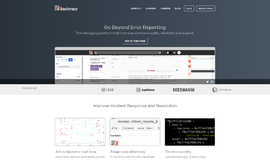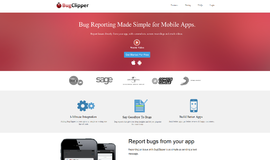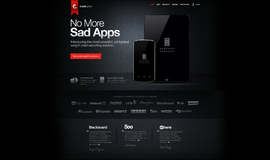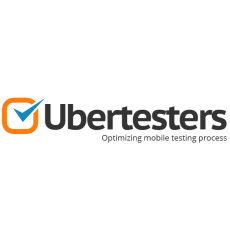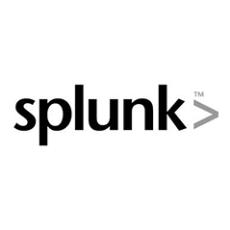
What is it all about?
Splunk offers the leading platform for Operational Intelligence. It enables the curious to look closely at what others ignore—machine data—and find what others never see: insights that can help make your company more productive, profitable, competitive and secure.
Key Features
* Handling HTTP access. The SDKs provide HTTP access and handle the certificates for HTTPS. * Authenticating. When you log in using a username and password, Splunk returns a session key. The SDKs automatically remember and append this session key to subsequent requests. * Managing namespaces. A namespace is the user/app context for accessing a resource, which is specified by a Splunk username, a Splunk app (such as the default Search app), and a sharing mode. The SDKs send requests based on the namespace that was used for logging in, or you can specify a namespace to access a specific resource. For example, you can list all apps, or only the apps that a specific user has access to. * Simplifying access to REST endpoints. The SDKs provide access to the REST API in the native style of different programming languages. * Building the correct URL for an endpoint. The SDKs build out the complete REST URLs in the correct format, with the namespace and any additional parameters you specify. * Displaying simplified output for searches. The REST API returns search results (events) in XML, JSON, or CSV—but in a raw format. The SDKs provide results readers (helper classes for Python and Java, a code example for JavaScript) that parse these events and return them in a simplified structure with clear key-value pairs.
Compare Products
Select up to three two products to compare by clicking on the compare icon () of each product.
{{compareToolModel.Error}}



